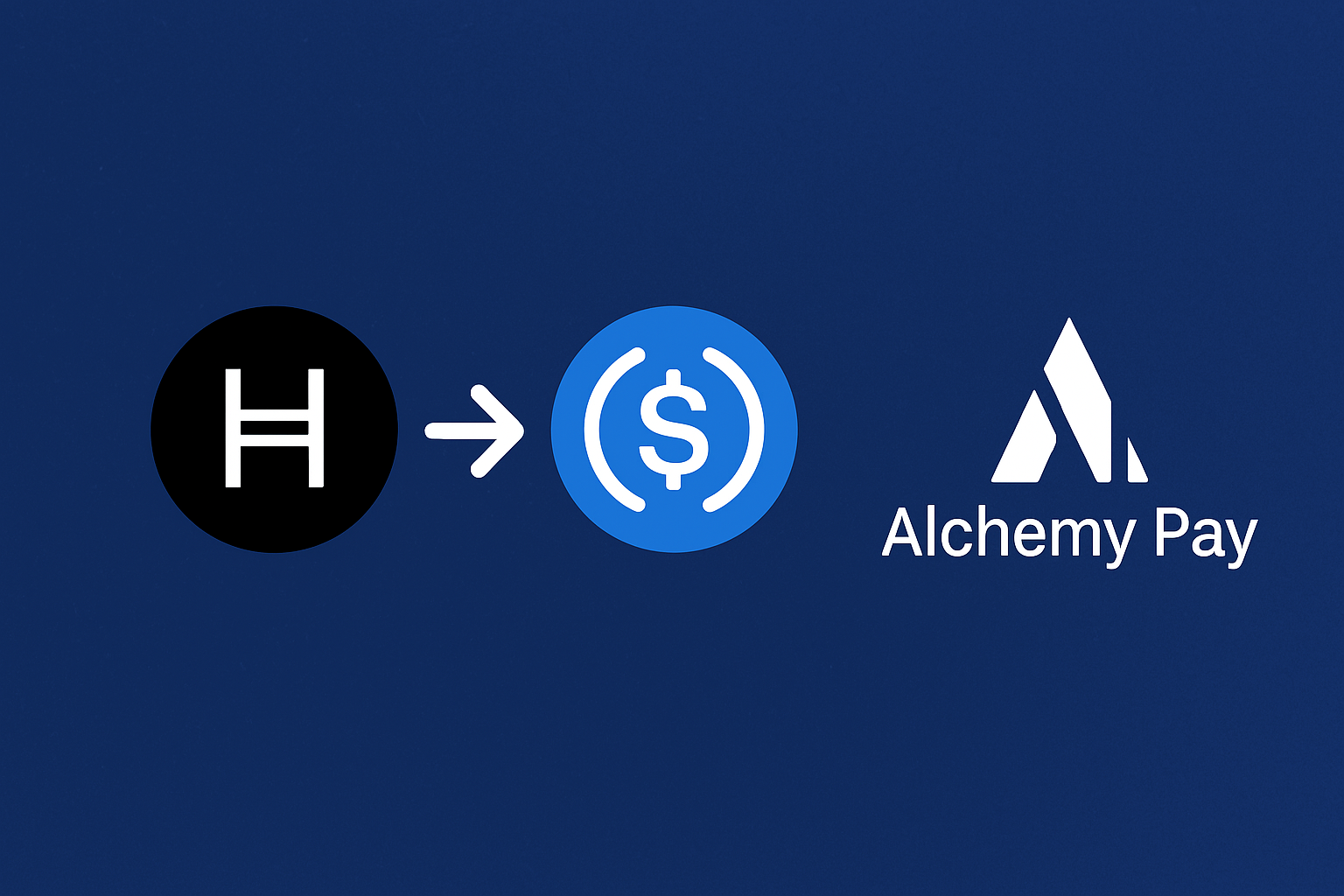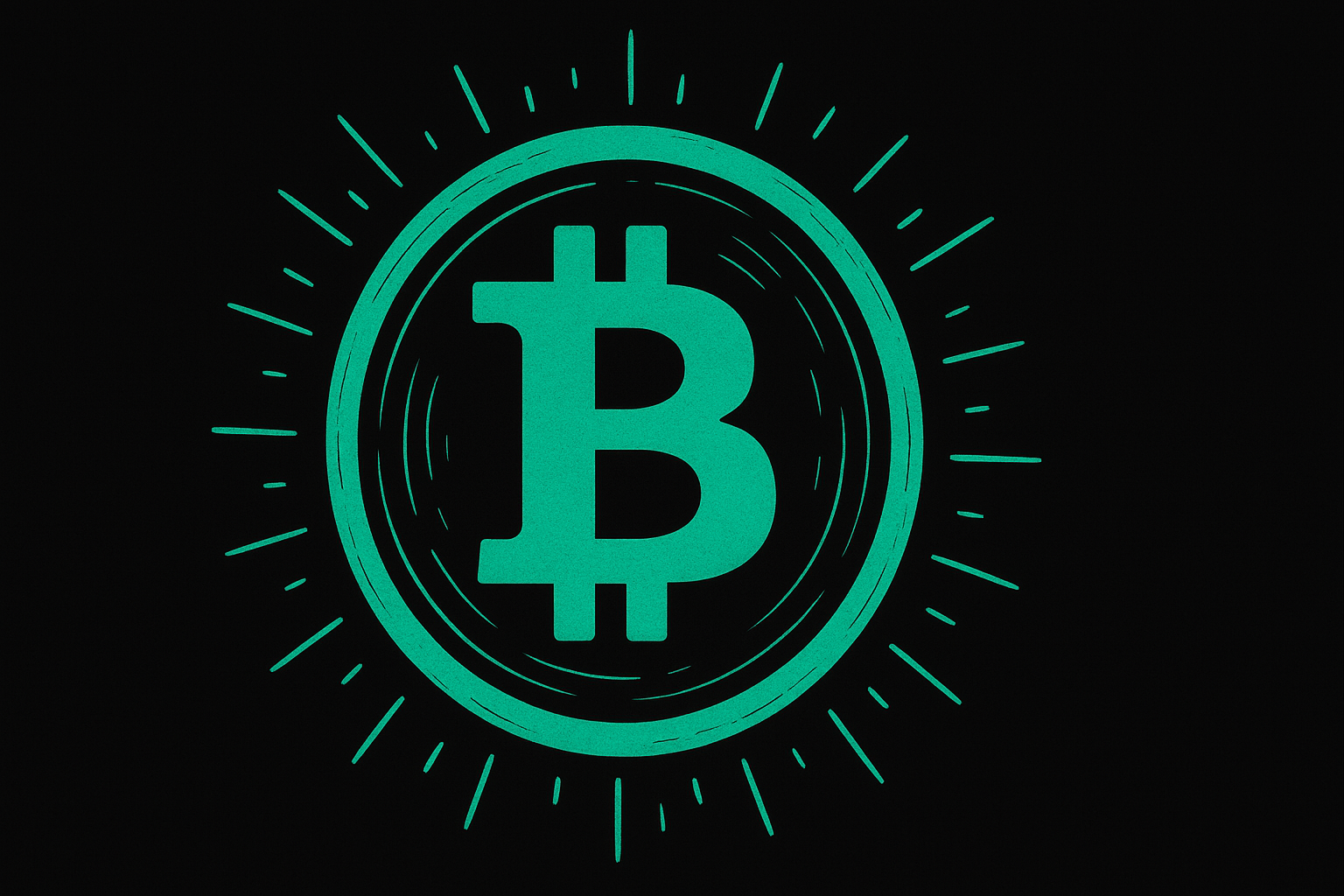
- In India, Polygon-backed ARC stablecoin will be launched in 1Q26, backed by rupees.
- It is intended to improve the speed of transactions, transparency and efficiency for companies.
India will launch its rupee-backed ARC stablecoin in the first quarter of 2026. The relationship between India and the Polygon blockchain is exceptionally strong and complex. Notably, the ARC stablecoin will be supported by the Polygon ecosystem.
After almost a decade of careful testing and development in the areas of digital payments, regulated blockchain systems and digital currencies, India’s latest move has set the stage for stablecoins to play an important role in India in the future.
The introduction of ARC is much more than just the introduction of another digital asset. India has one cautious attitude towards private cryptocurrenciesbut various state and local governments have been actively partnering with blockchain companies – in this case Polygon – to use their technology for public services.
The regulated INR stablecoin backed 1:1 by the Reserve Bank of India and led by Polygon and local fintech company ANQ, is designed to achieve India’s long-term fintech goals, including fast, transparent and efficient transactions.
For companies, the stablecoin could serve as a reliable, cost-effective digital payment rail that meets global standards. It also promises to connect traditional banking infrastructure with blockchain-powered systems, creating smoother and more efficient financial operations.
Why ARC is significant for India
The timing of ARC launch positions India at the forefront of one global relocation towards regulated stablecoins. Other countries and regions are making significant efforts to speed up international payments and strengthen cross-border liquidity.
By processing transactions on blockchain rails, ARC can eliminate long wait times, reduce reconciliation issues, and enable precise, real-time tracking.
For companies managing high volumes of transactions, this means lower operating costs, fewer errors and improved liquidity management. The efficiency gains could have a particular impact on sectors such as e-commerce, remittances, supply chain finance and B2B payments.
Over and beyond strengthens ARC the trust in Rupee based digital assets at a time when the global stablecoin market is dominated by US dollar-backed products like USDT and USDC dominated becomes.
The United States is home to the largest stablecoins by market cap, such as Tether (USDT) and USDC. As CNF previously reported, the US has passed the GENIUS Act, which allows financial institutions to issue fiat-backed stablecoins within a clear legal framework.
Also worth noting is the implementation of the Markets in Crypto Assets Regulation (MiCAR) in the European Union, which creates a comprehensive framework for digital assets, including stablecoins. A consortium of European banks has also announced the planned launch of a MiCAR-compliant euro stablecoin.
Hong Kong has passed the stablecoins law, with the Hong Kong Monetary Authority regulating issuance and expecting the first licenses in early 2026. In Japan, which is also part of the Asian region, a stablecoin law was passed that requires issuers of fiat-backed stablecoins to register with the Financial Services Authority. A stablecoin pegged to the yen was also launched.







No Comments